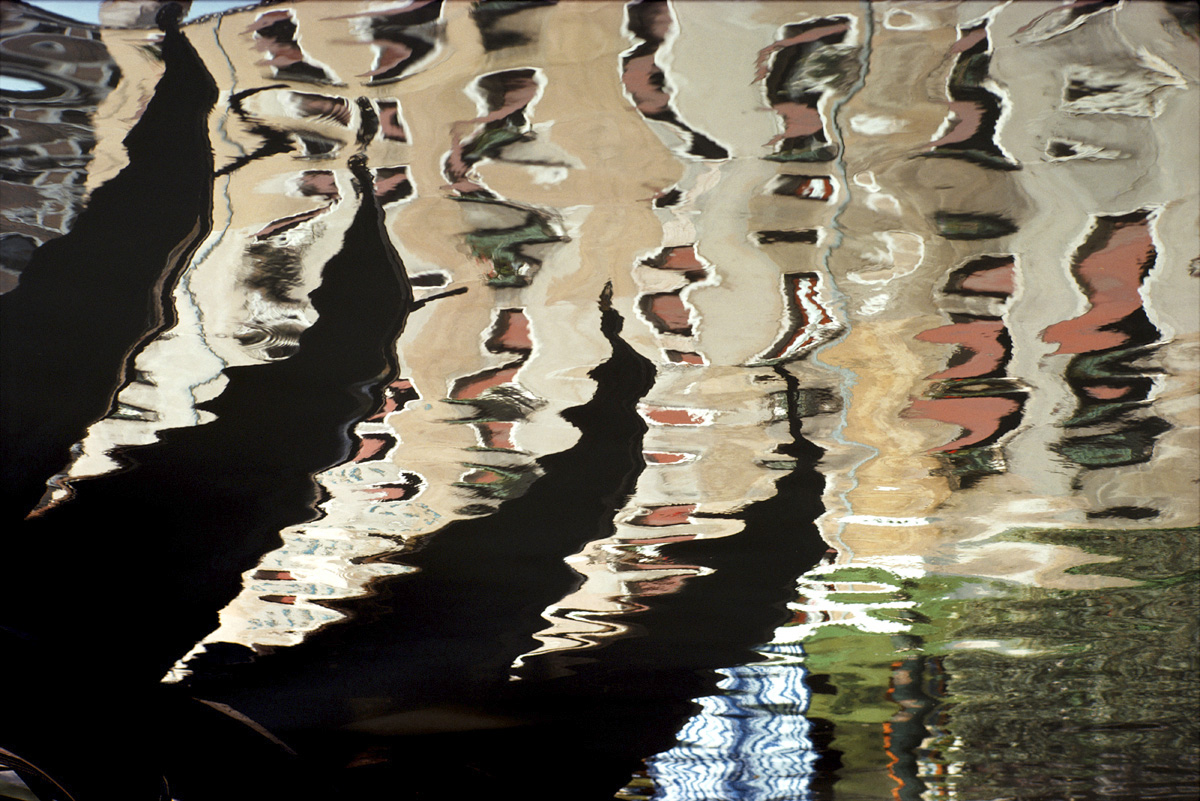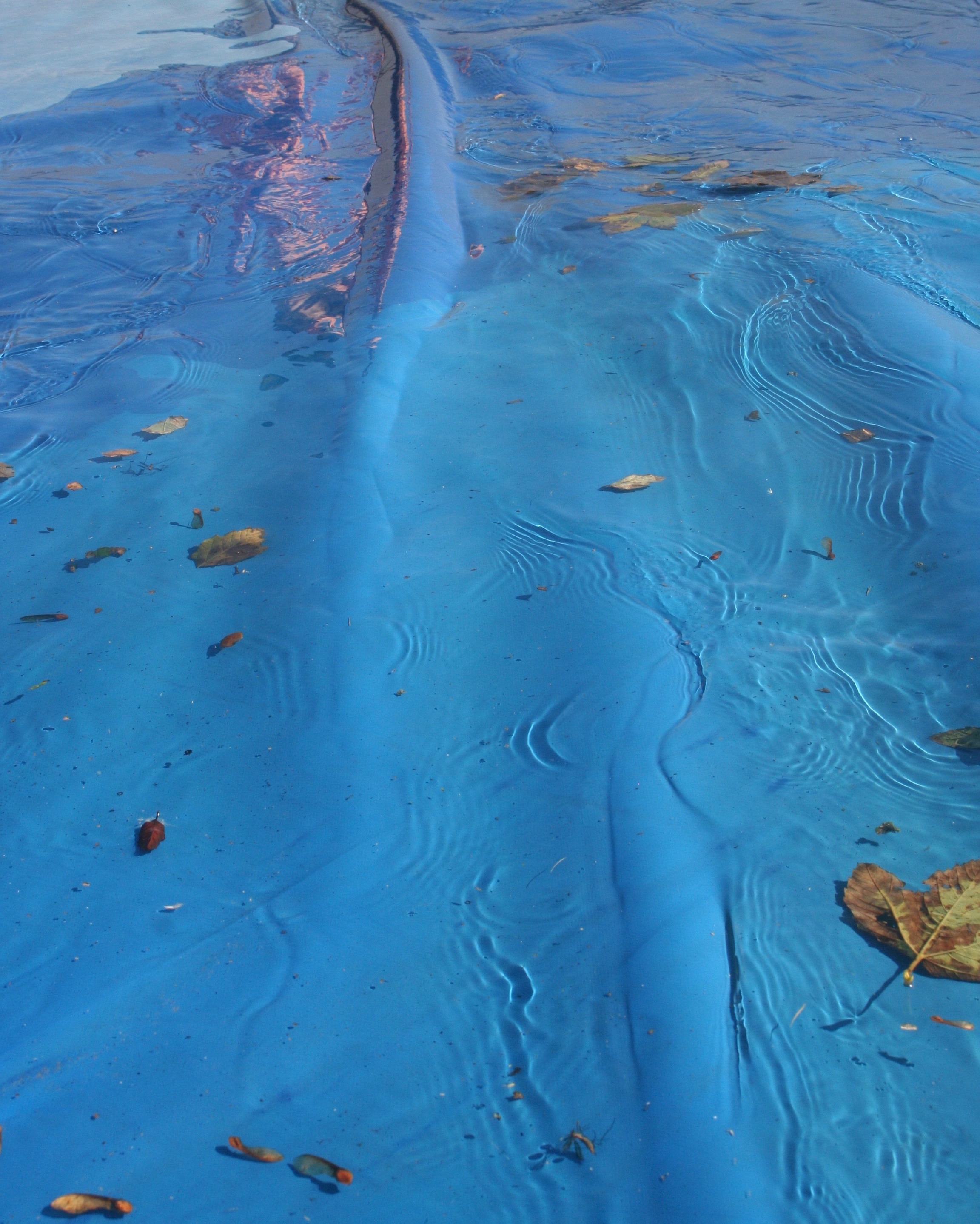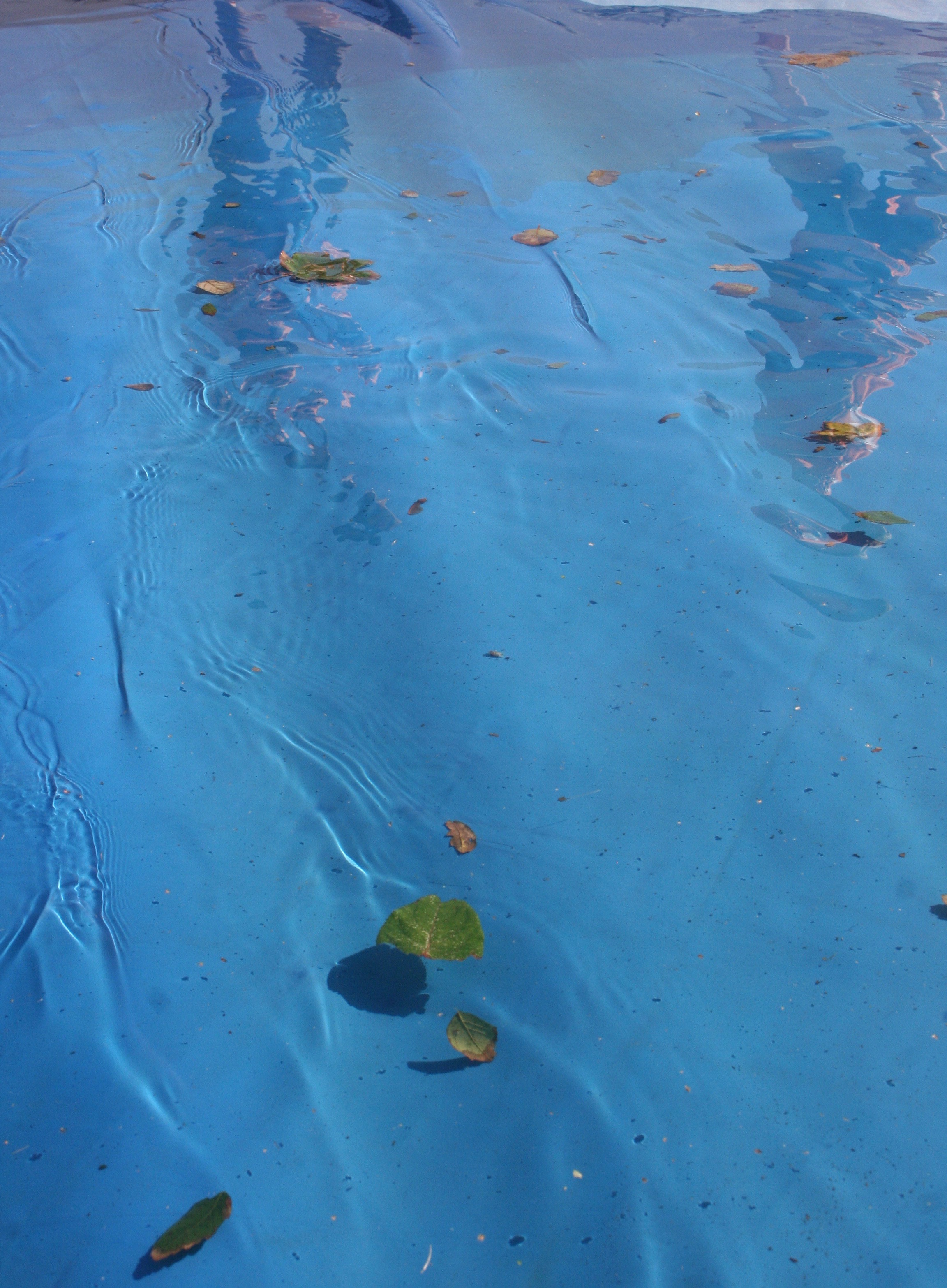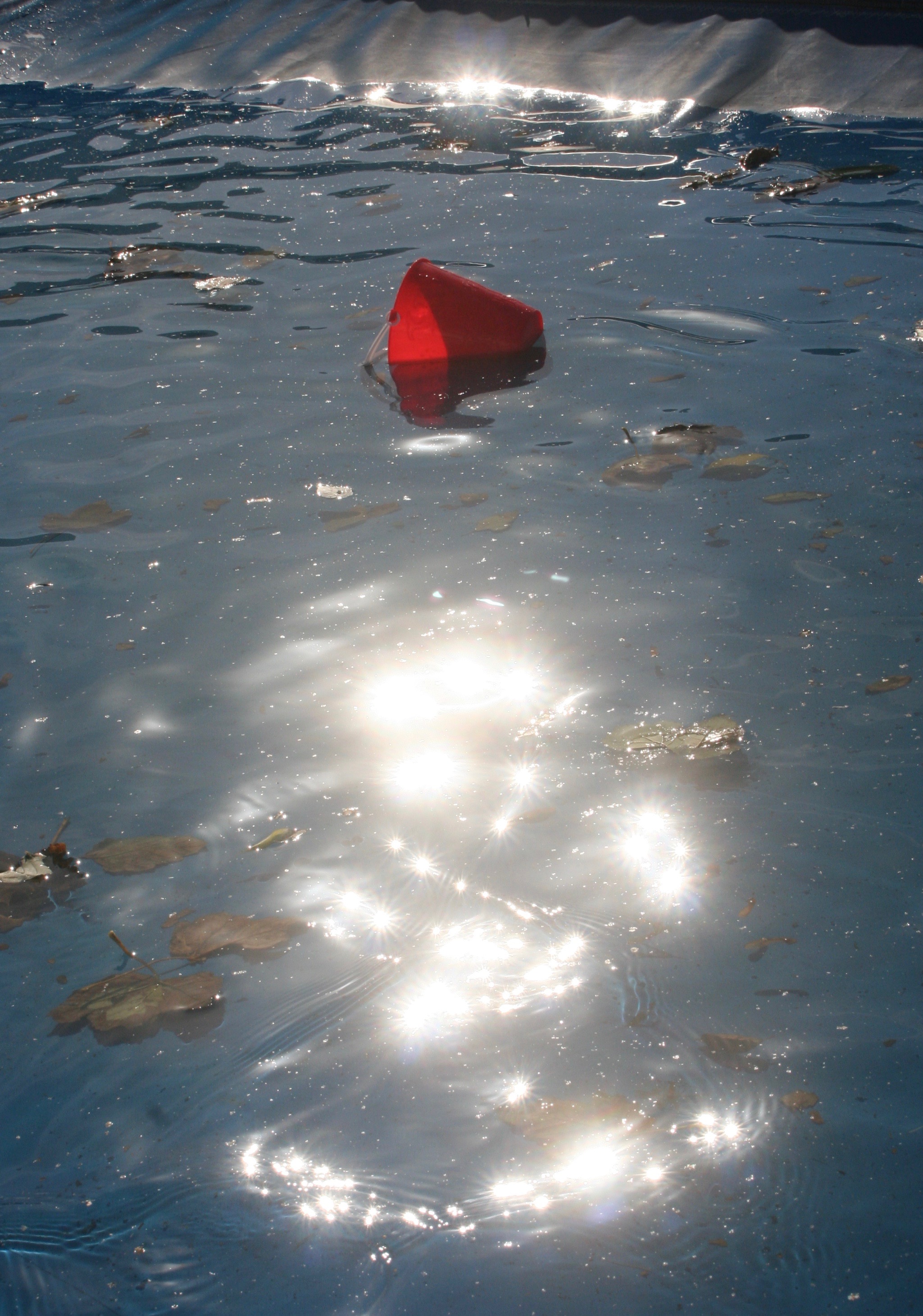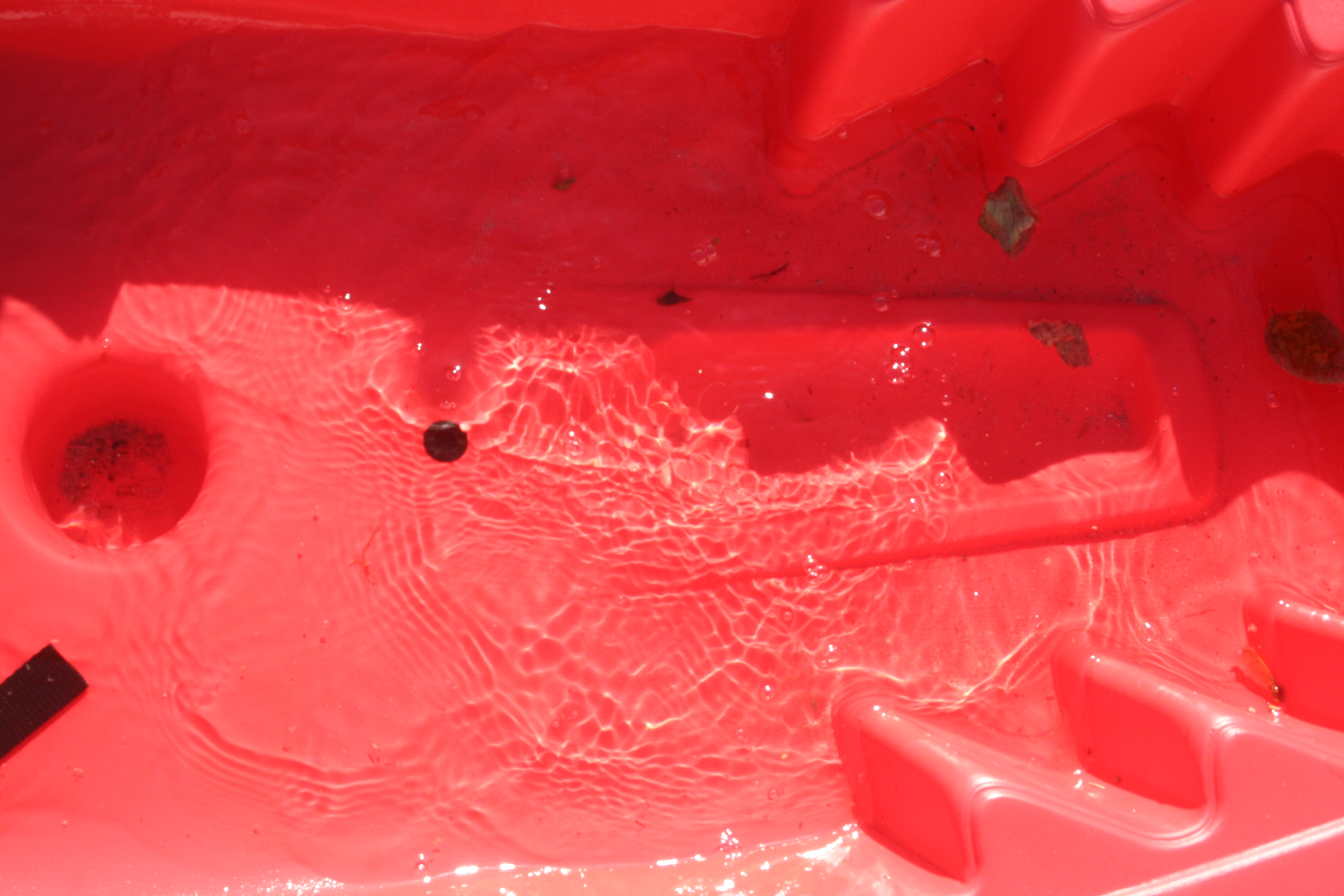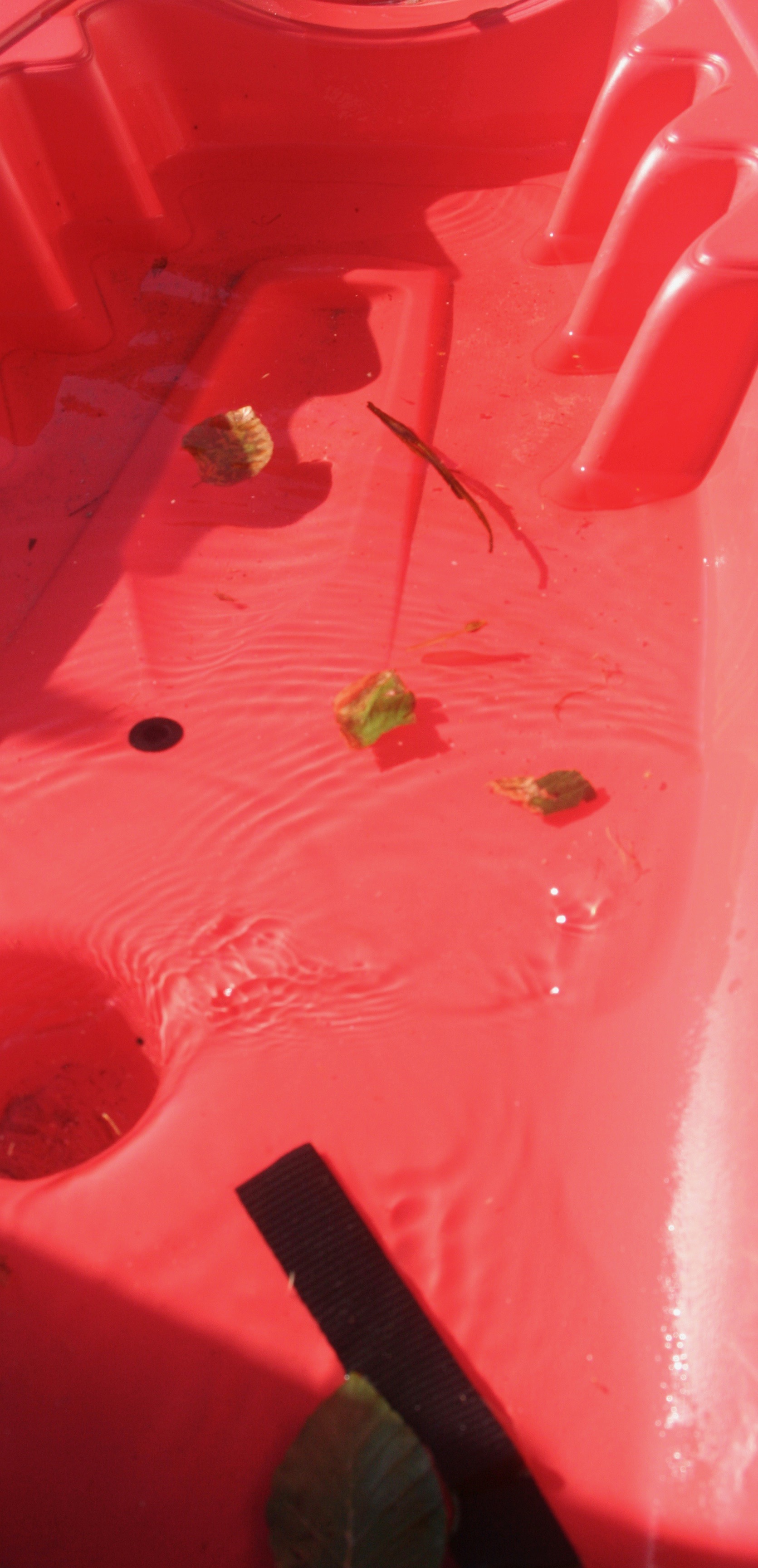Garry Gay
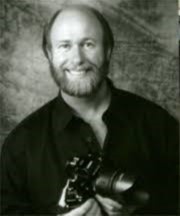
Garry Gay was born in 1951 and was a color photographer from Glendale, California. He tad taken digital photos since 1993 and had a successful career due to being the president of multiple photography clubs. Garry Gay tended to take images which were very colorful as seen below where he had been taking colorful household object pictures.
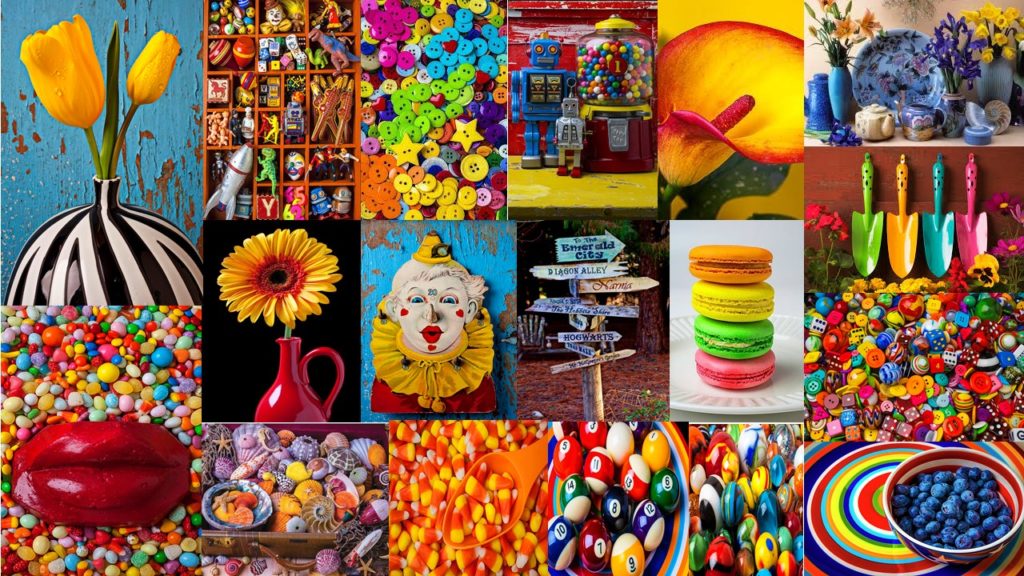
The main focus of Garry Gay’s work is the use of colourful objects he takes photos of. Garry uses the formal elements of shape and texture in his work, shape is shown in his work through the different sized objects while the texture is shown through the bright colours in his work and the materialistic objects which helps the bright colours to stand out. Most of Garry’s images are taken from a straight angle which allows different parts of the objects to be the focus piece. After analysing Garry’s images i think he uses artificial lighting in his photography which helps the colours to really pop out, as well as him using a quick shutter speed as there is no blur in any of his images. Most of his images do not include any type of background and only other objects which are to do with the main focus of the image which means that his images are very layered and his main focus doesn’t tend to stand out as much as it would with a plain background. However, this is a very effective technique and by using a wide depth of field this allows for the whole image to be in focus as well as the use of a high aperture.
I like Garry’s work as it is very simplistic however very effective and is very different from any other photographers i have previously researched about.
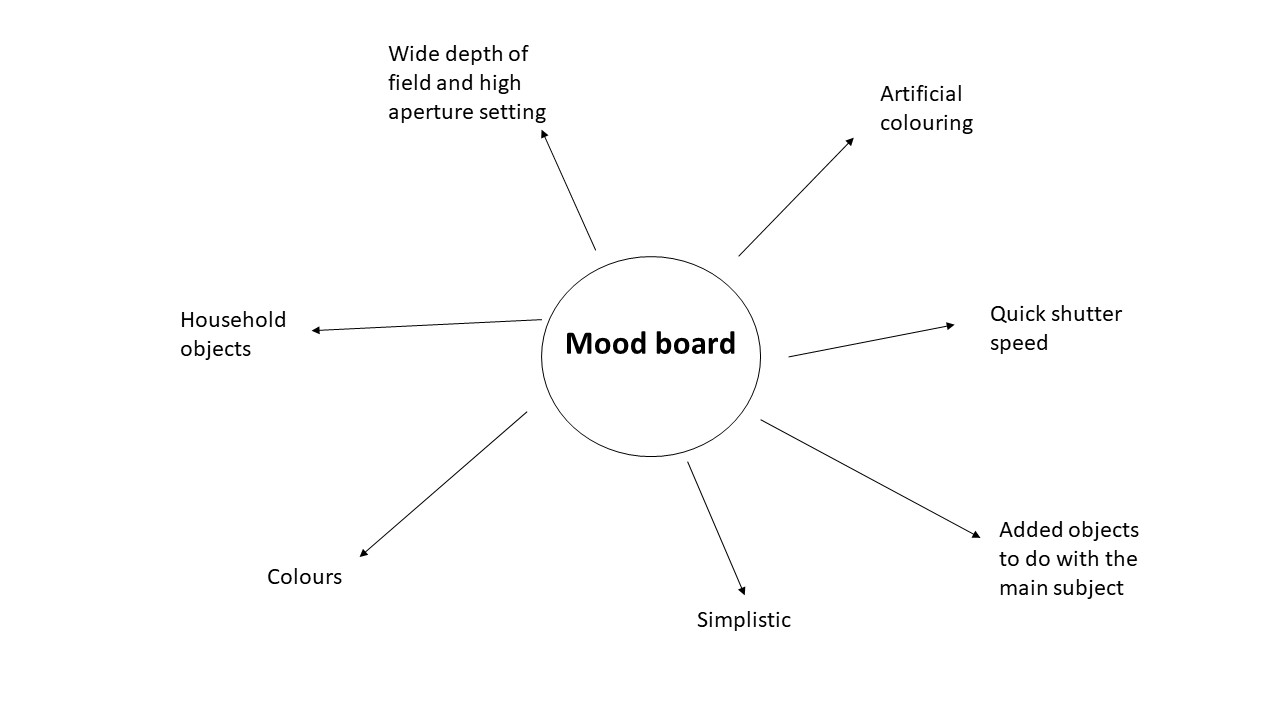
Plan
After researching and analysing Garry Gay’s images i have decided i want to use a quick shutter speed when capturing brightly colored pencils. For my background i will use pencil sharpening which i have chose to do after being inspired by the idea that Garry always included other objects to do with the main subject. I think bot the pencil shavings and the colored pencils will look very effective when together and this is an idea which i can up with myself.
When taking my image i am going to have my camera on a Manual setting so i can change the shutter speed and aperture to whatever i desire and will therefore be able to achieve my goals for this task. These images will be taken inside under artificial lighting.
Contact Sheets

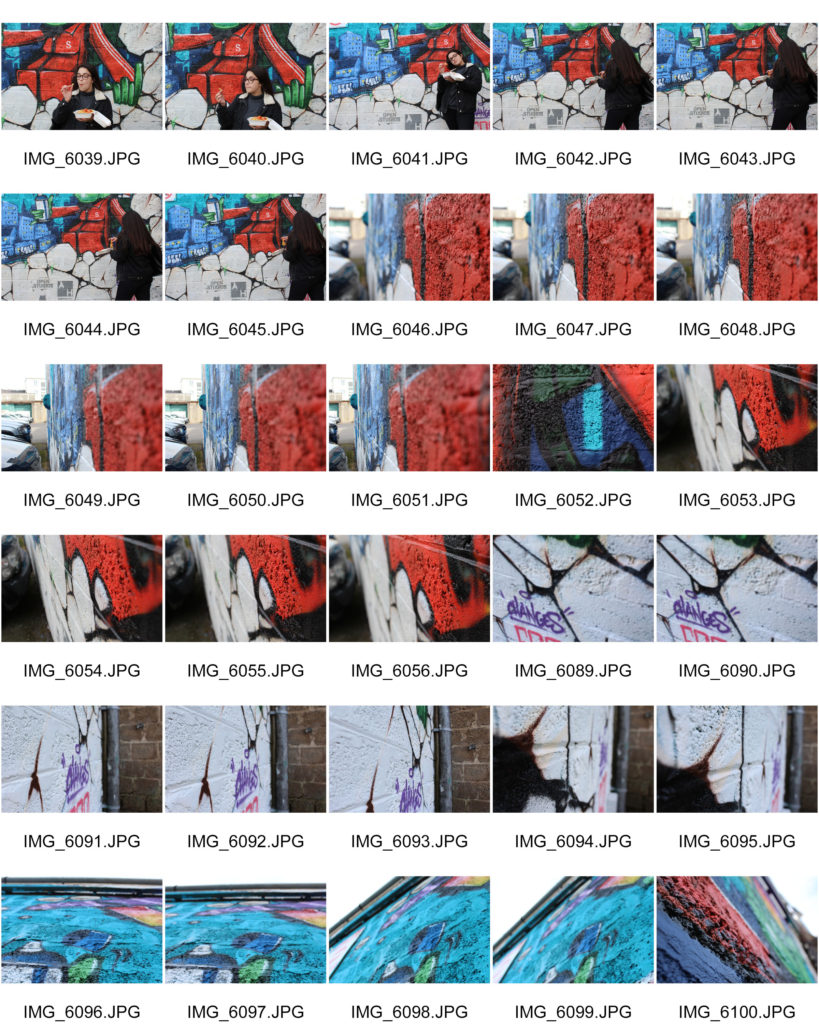
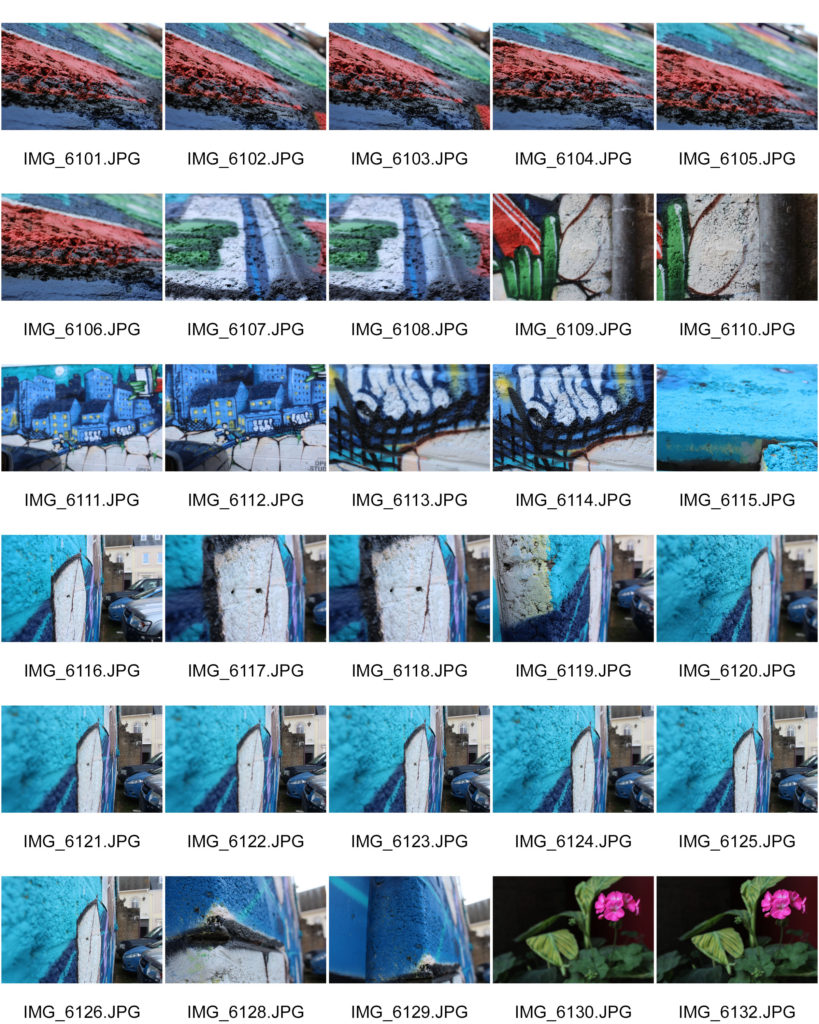

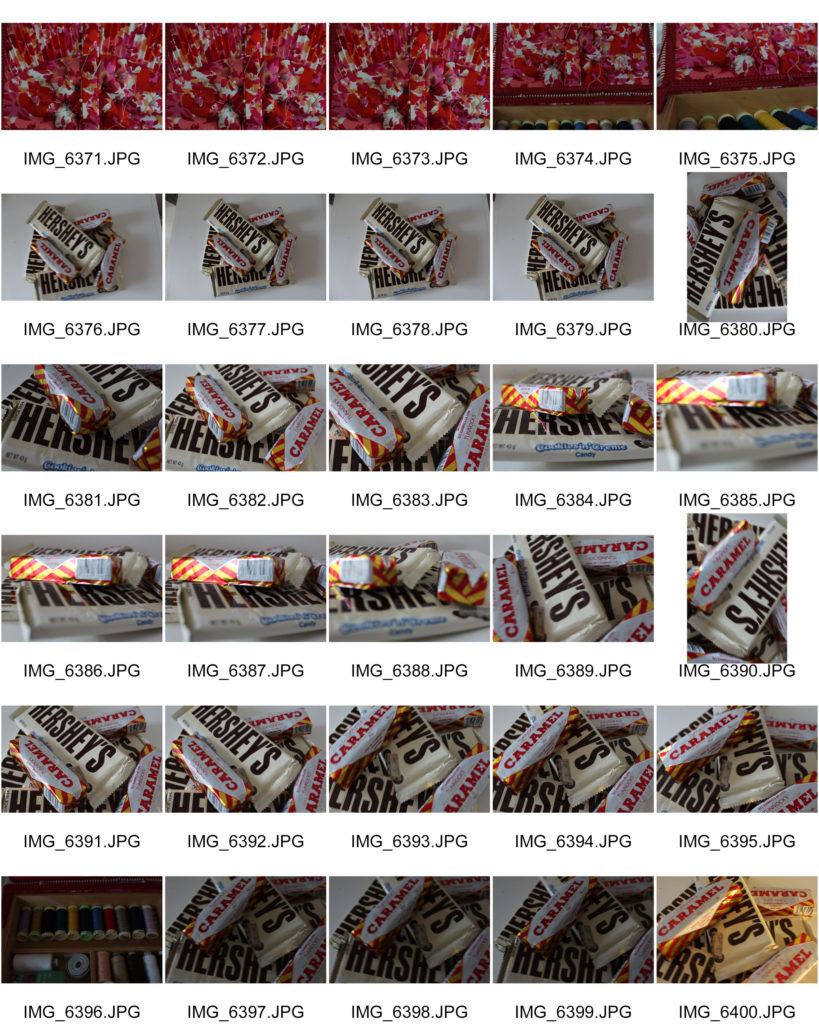
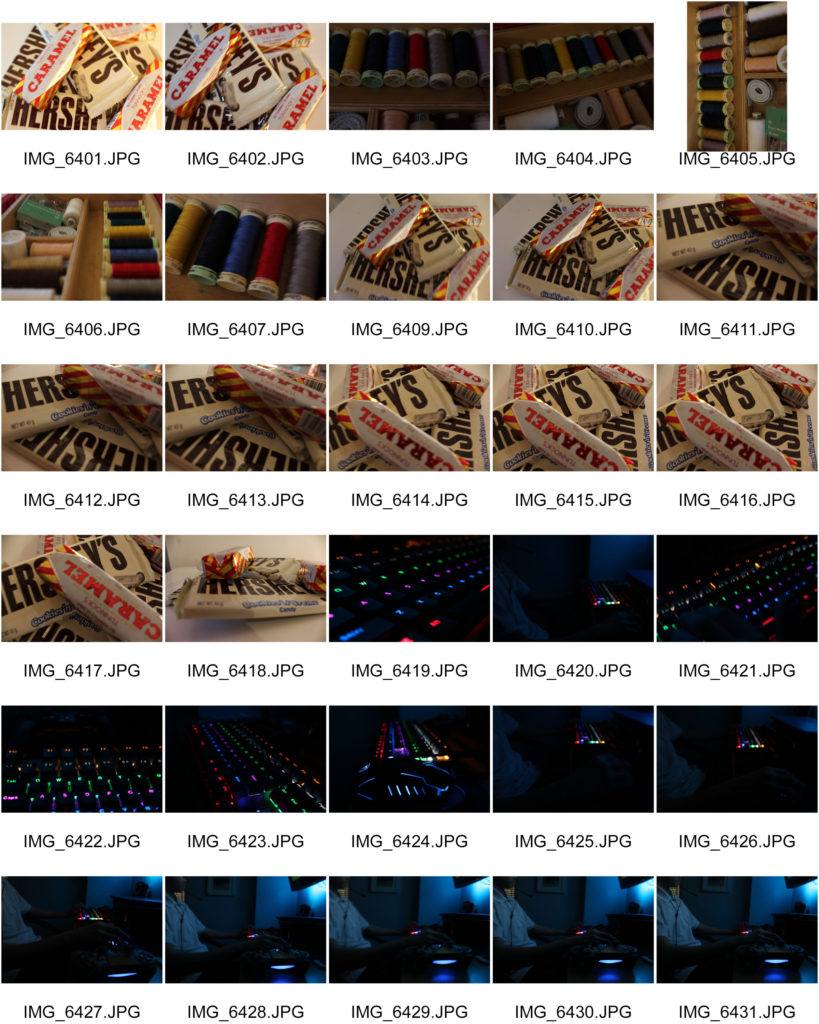
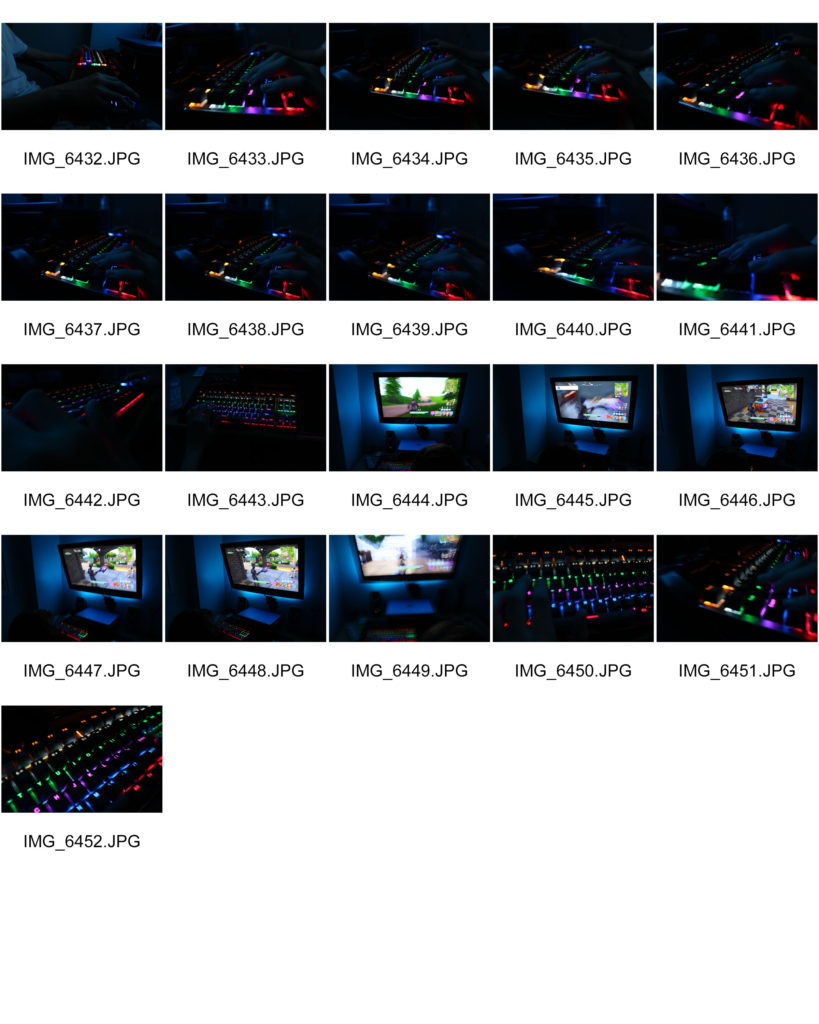
I found that during taking my images for this photo shoot, it was very hard due to having to use a slow shutter speed as i was under artificial lighting which make the images very hard to focus and therefore they have turned out quite bad.
Best outcomes
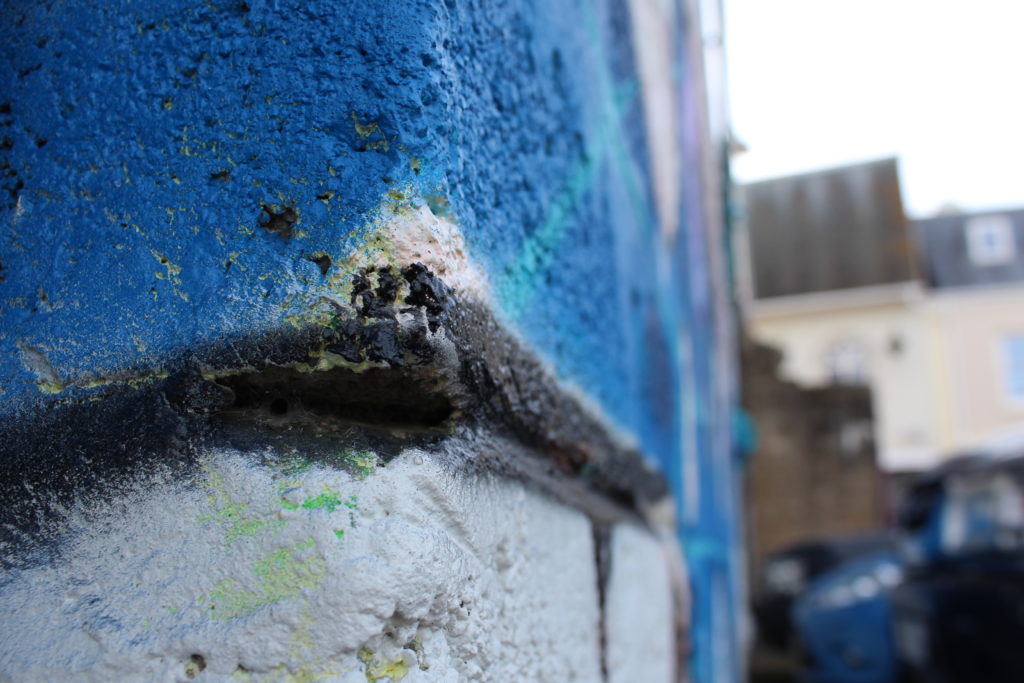
Editing the image..
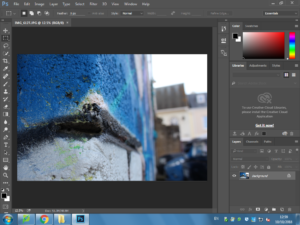
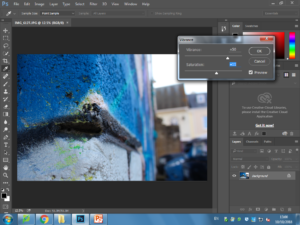
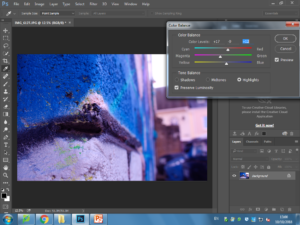
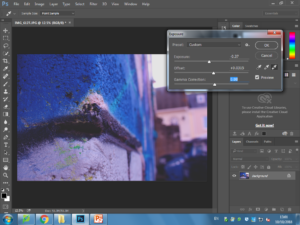
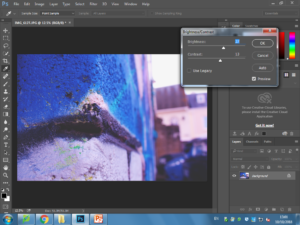
The end picture..
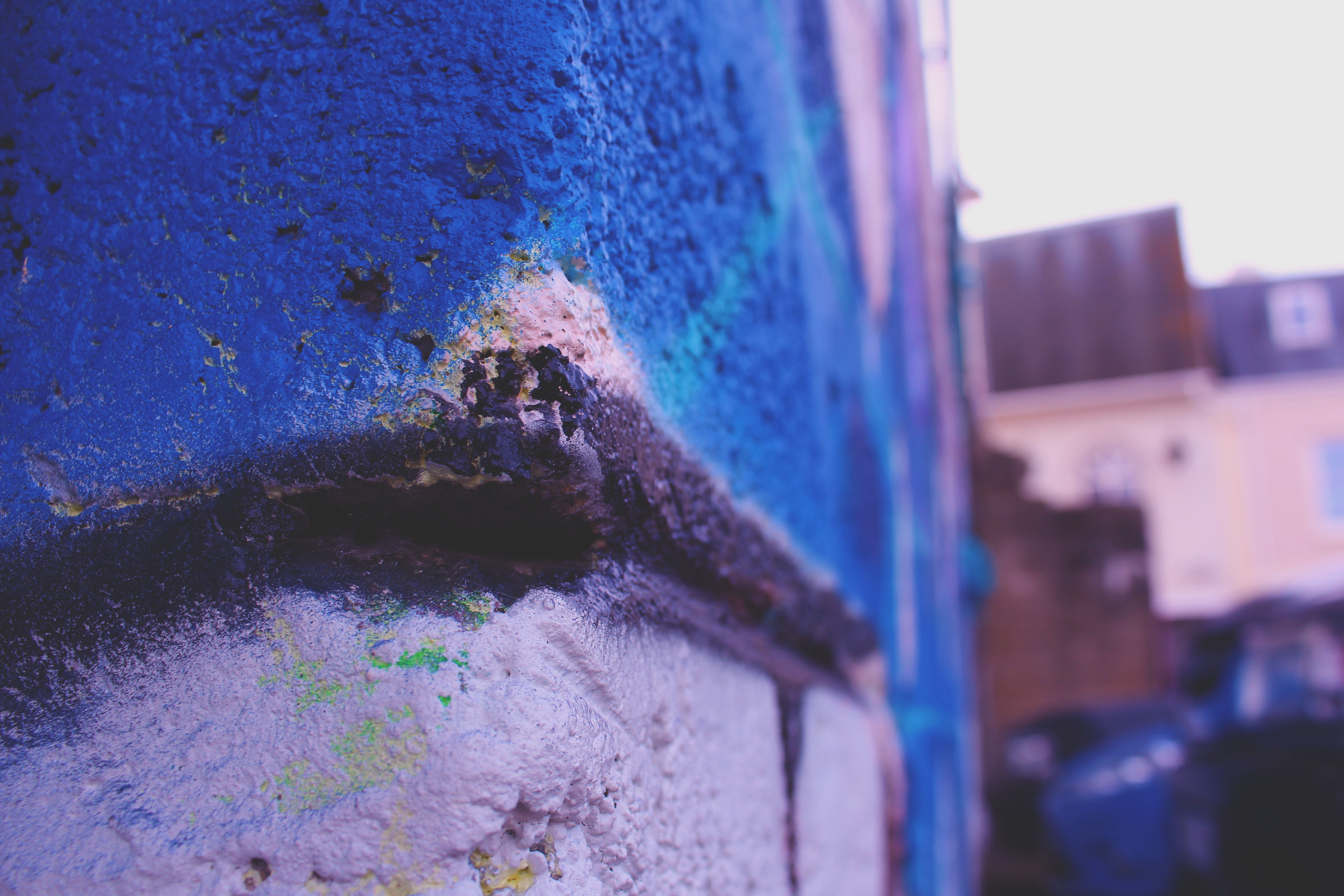
When originally taking this image, it was taken with no flash on Manual Focus as i wanted to capture the range of overall very blue colour in the image, as well as being able to edit the depth of field when taking the picture. When planning my editing stage i planned to use Adobe Photoshop to edit the brightness, contrast, saturation, the colour balance and the exposure of this image in order to get my ideal end photograph.
When taking my images i used Canon EOS 1300 D and took all my images in Manual focus which helped me to create a picture with lots of depth. When taking the image i also used a high shutter speed ( 1/250).
The visual aspects are shown through the colour of the image which are emphasized by the brightness of the image as the light brightness helps to brighten up the blue paint on the wall. There is a lot of texture in this image due to the main subject of this 3D image being the wall which has a lot of dents in as well as different colours which act differently to the brightness used in the picture. There is an obvious use of a strong depth of field in this image which has been tone to add more texture and depth into the image.
Editing the second image..
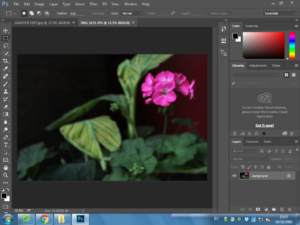
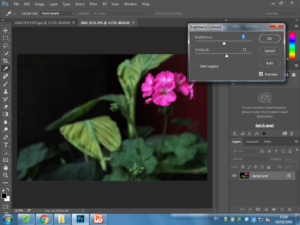
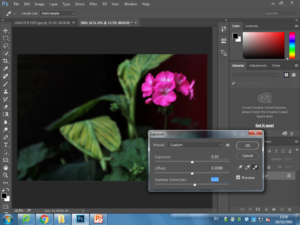
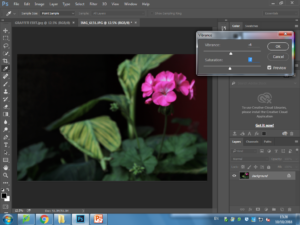
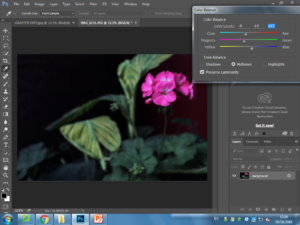

The end picture..

When originally taking this image, it was taken with no flash on Manual Focus as i wanted to be able to change the camera settings for the focus of the image. While planning my editing stage i planned to use Adobe Photoshop in order to change the brightness, contrast, exposure, offset, viberance, saturation, the color balance, the shadows and the highlights of the image in order to create my ideal final image.
When taking my images i used Canon EOS 1300 D and took all my images in Manual focus which helped me to create a picture with lots of depth. When taking the image i also used a high shutter speed ( 1/250). Using the fast shutter speed helped to under expose the image due to the darkness in the background in the image. Using the fast shutter speed helped me to achieve my end goal of having colour and the darkness in the image contrast with each other as there was not much light let into the image. I also used an ISO of 6400 which again helped the contrast between light and dark.
The visual aspects of the image are shown through the colours in the image which is emphasised by the tone of the overall light. There is not much texture in this 3D image however there is viable texture on the leaves of the plant which makes the image very unique, as well as using an ISO of 6400 which is helping to add more contrast between light and dark. There is no pattern arrangement in this image. However, the Rule of Three method is clearly shown on the right hand side of the image.



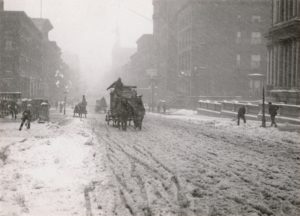


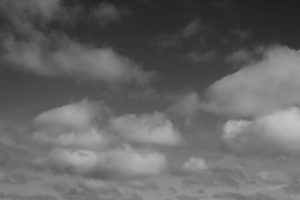
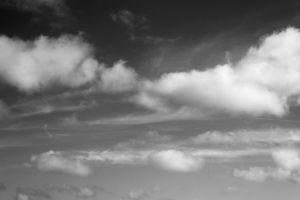
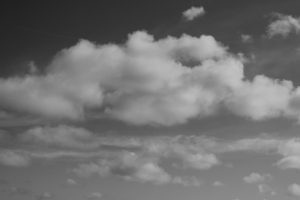

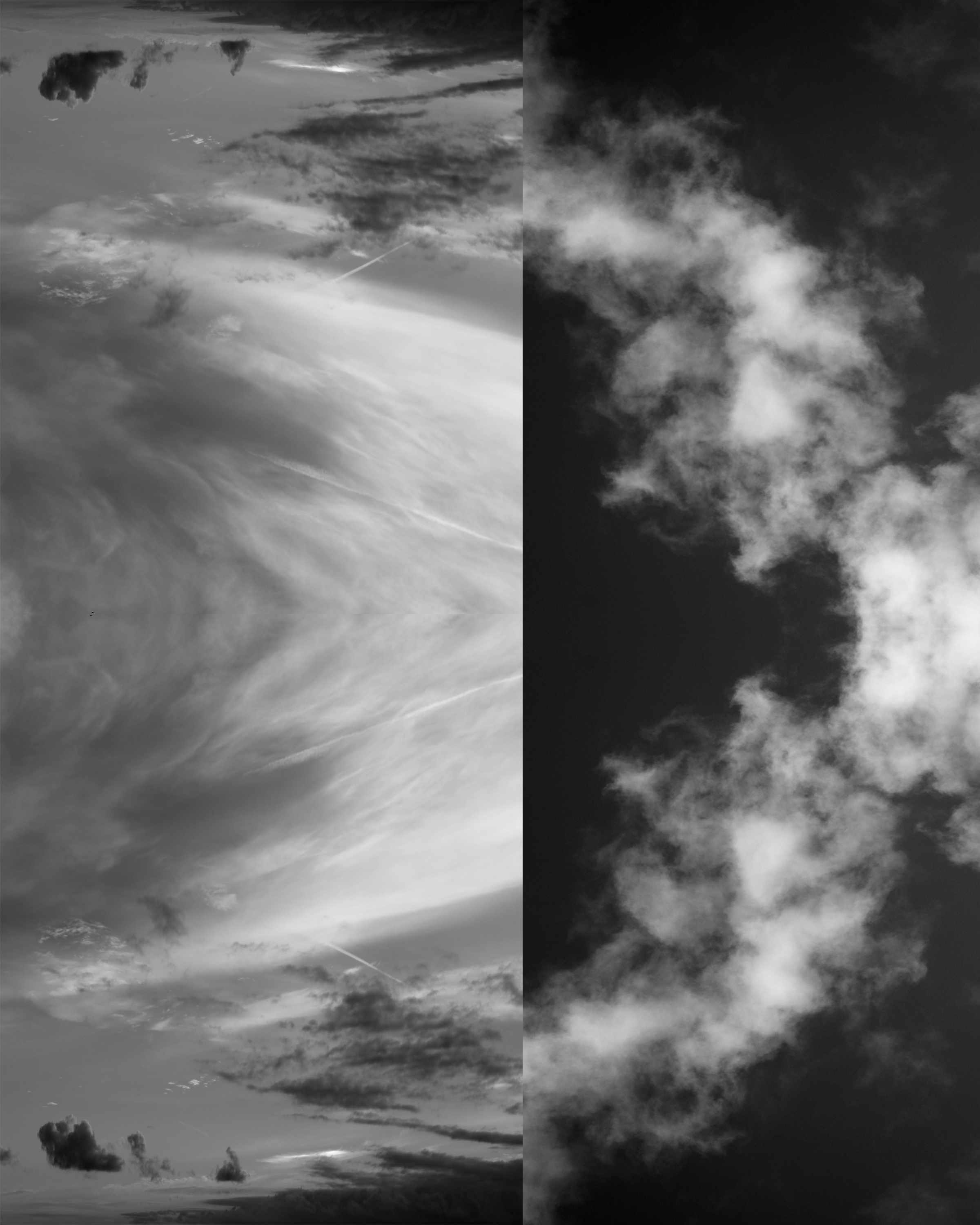
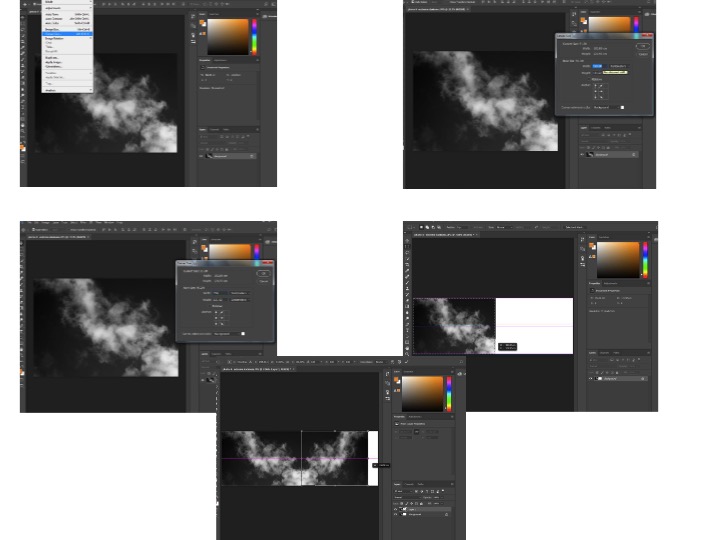
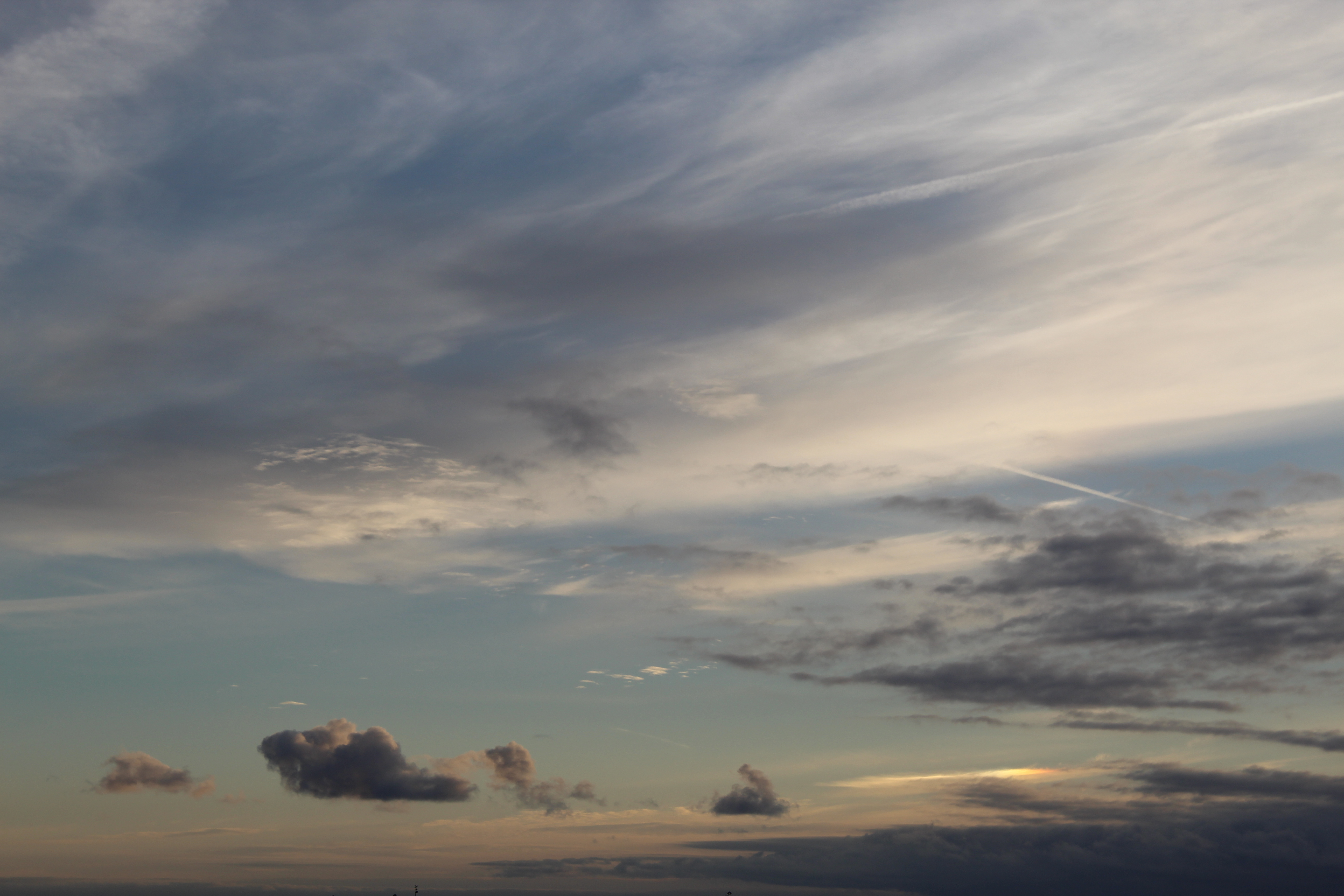 Before
Before 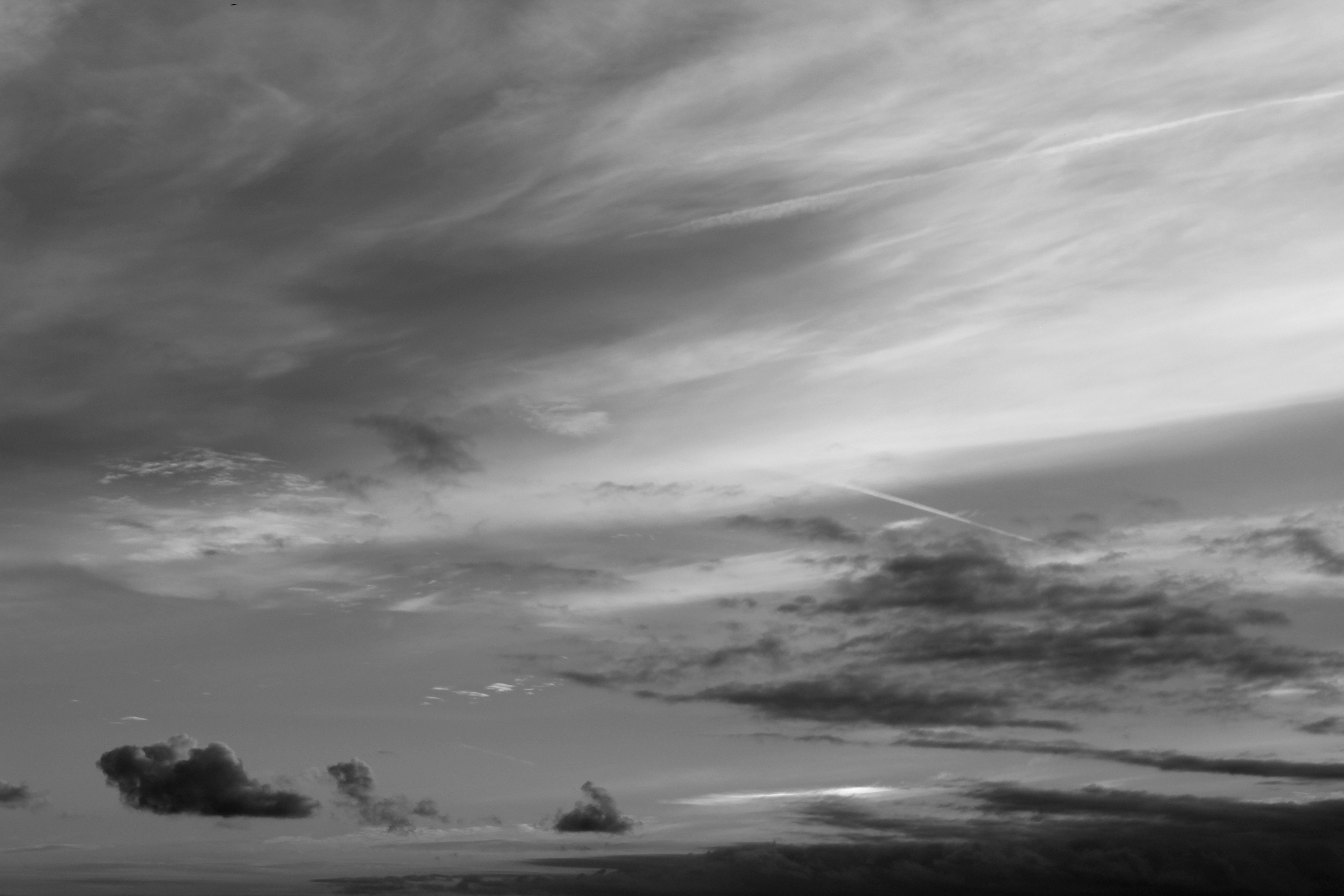 After
After
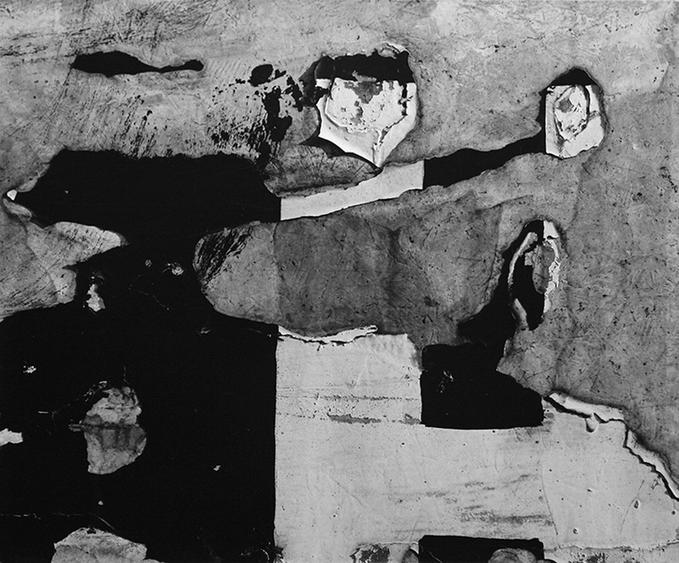

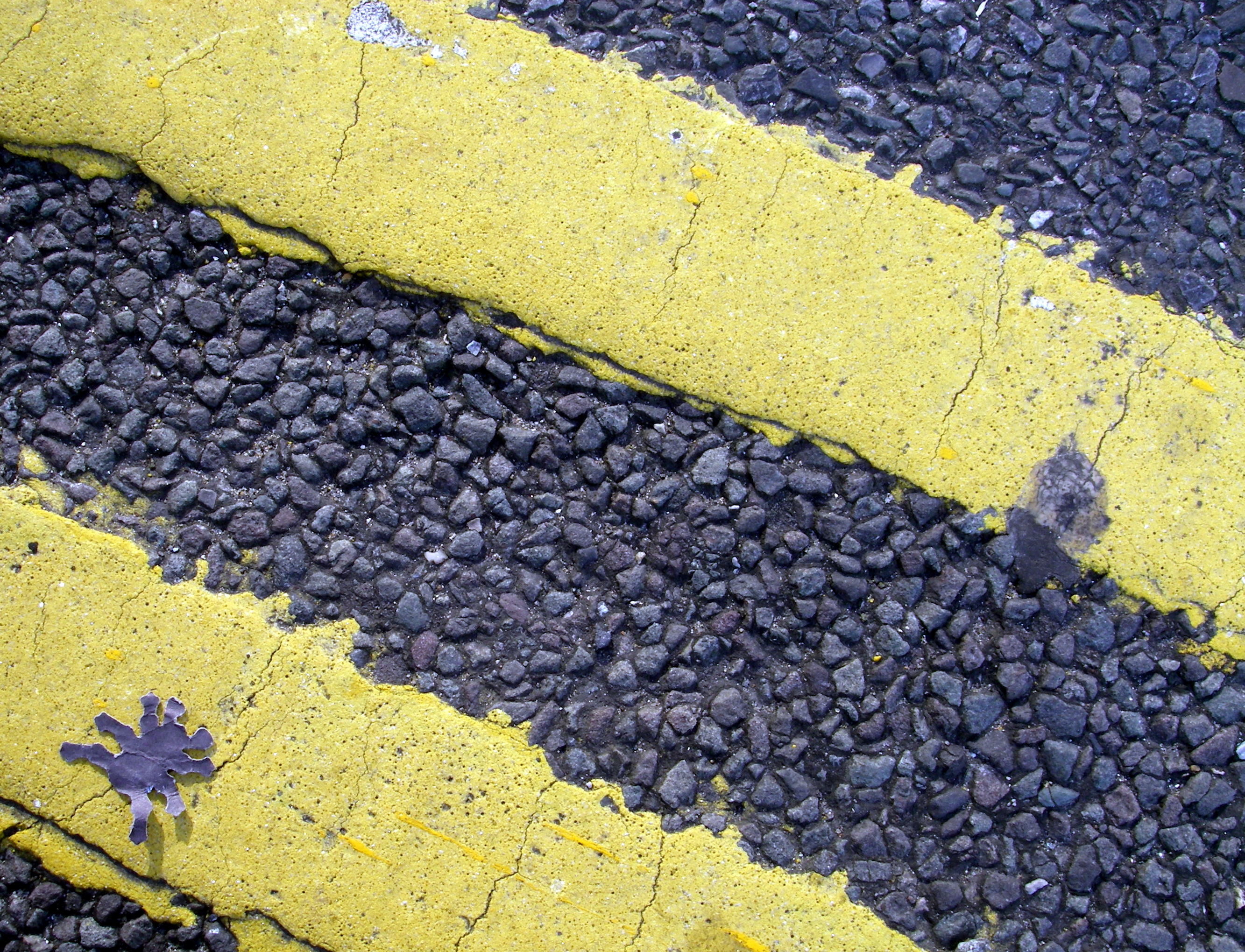
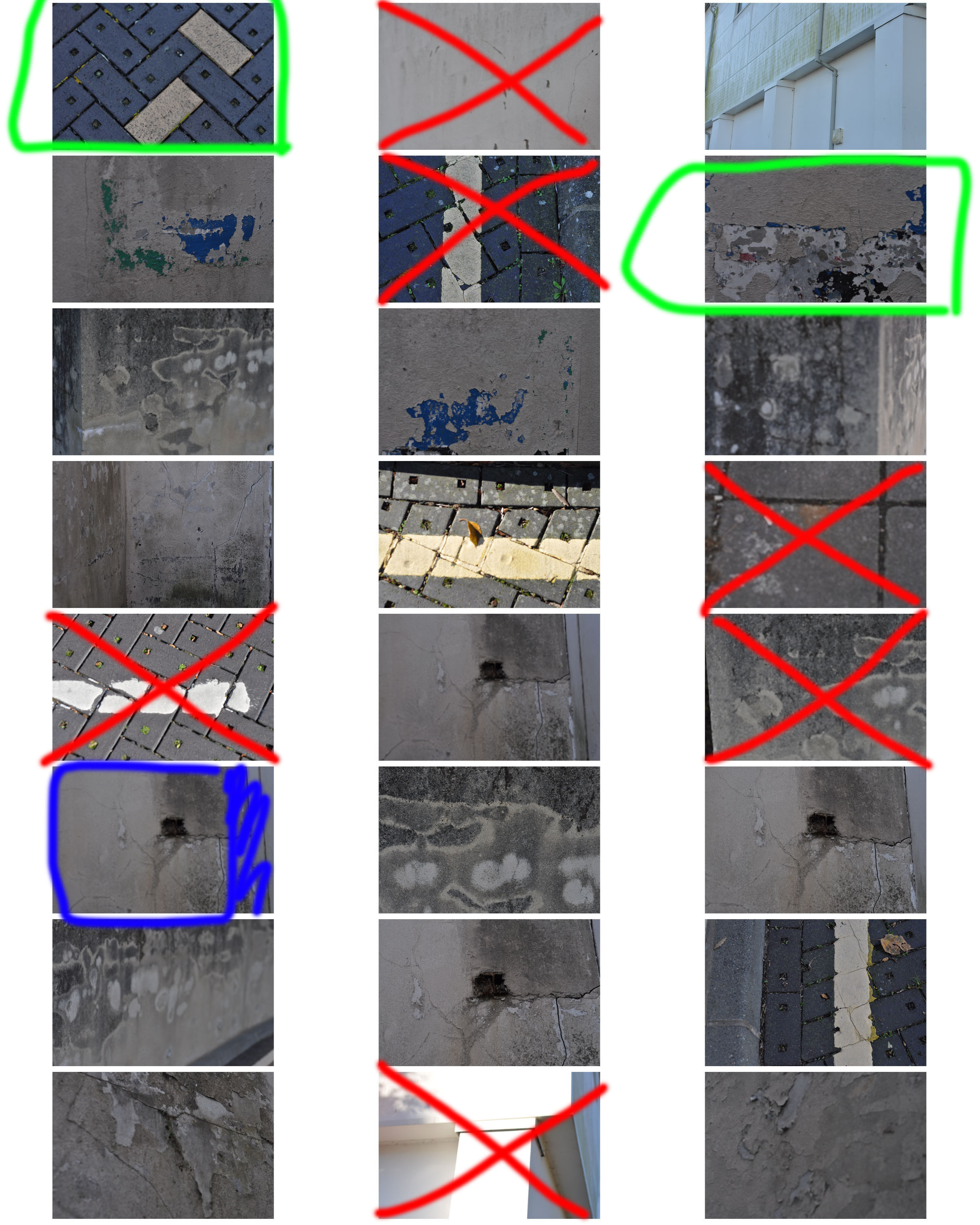
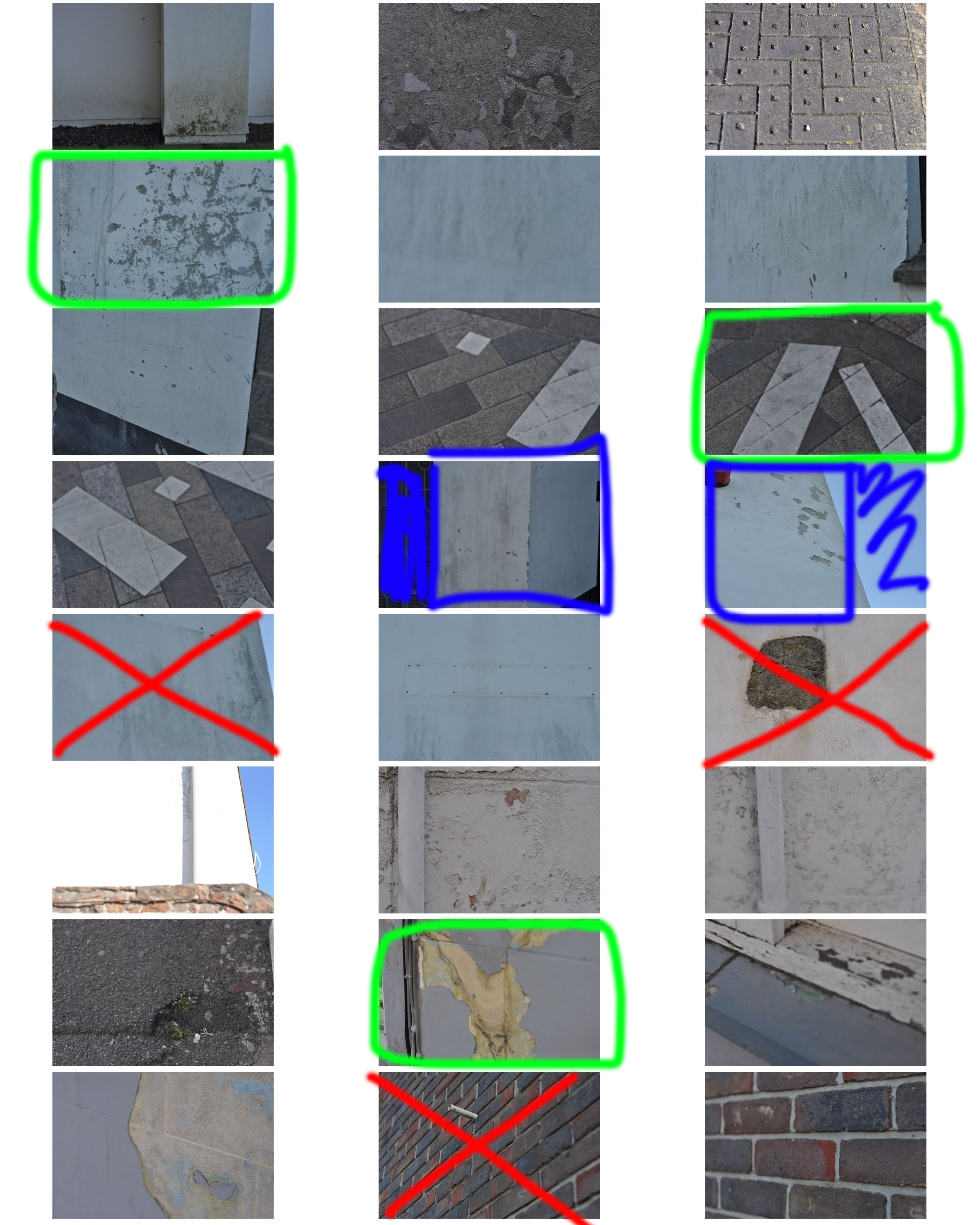
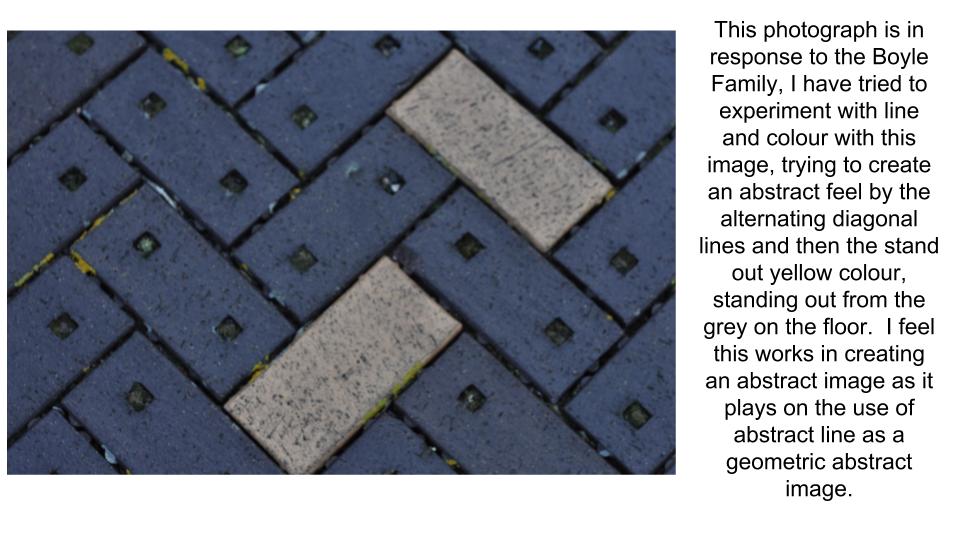


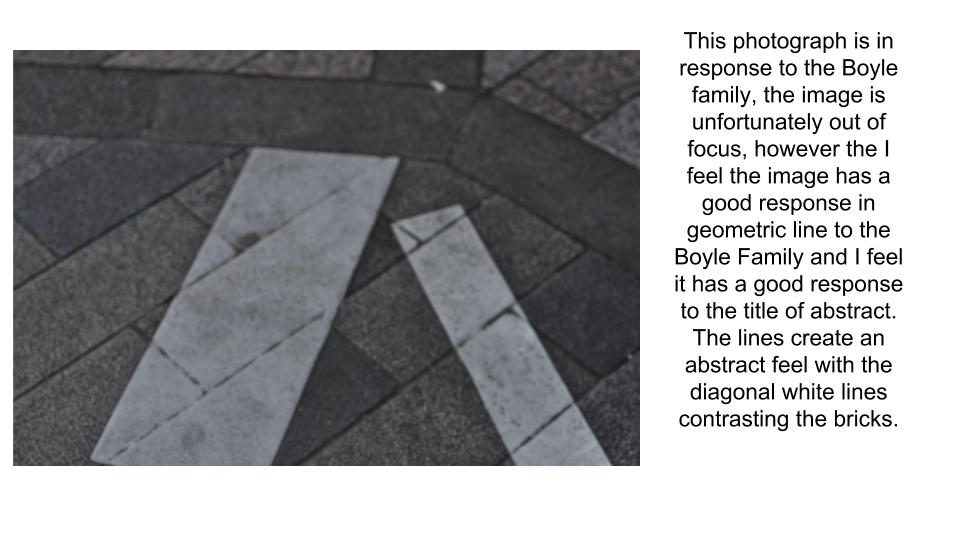
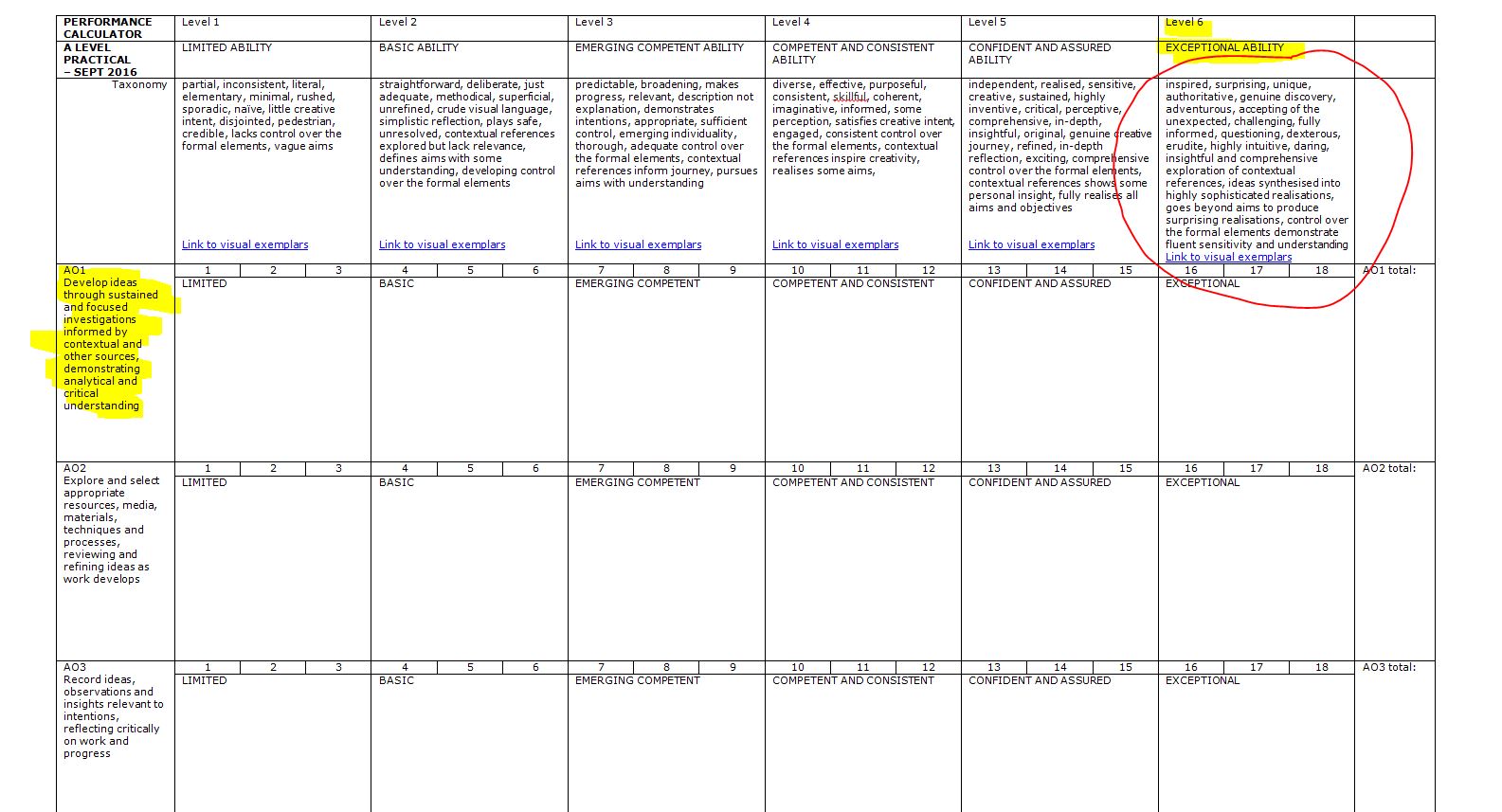











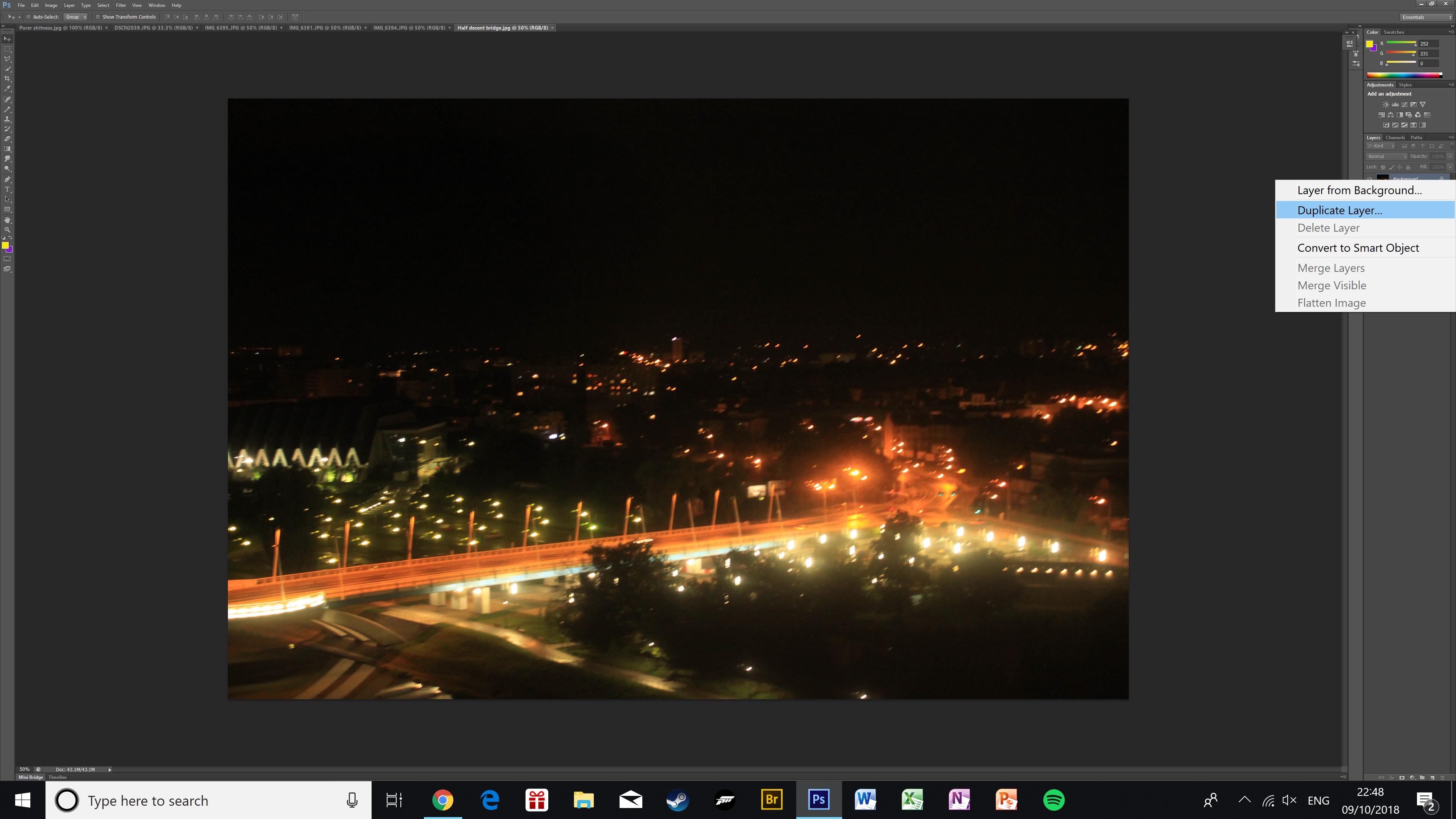
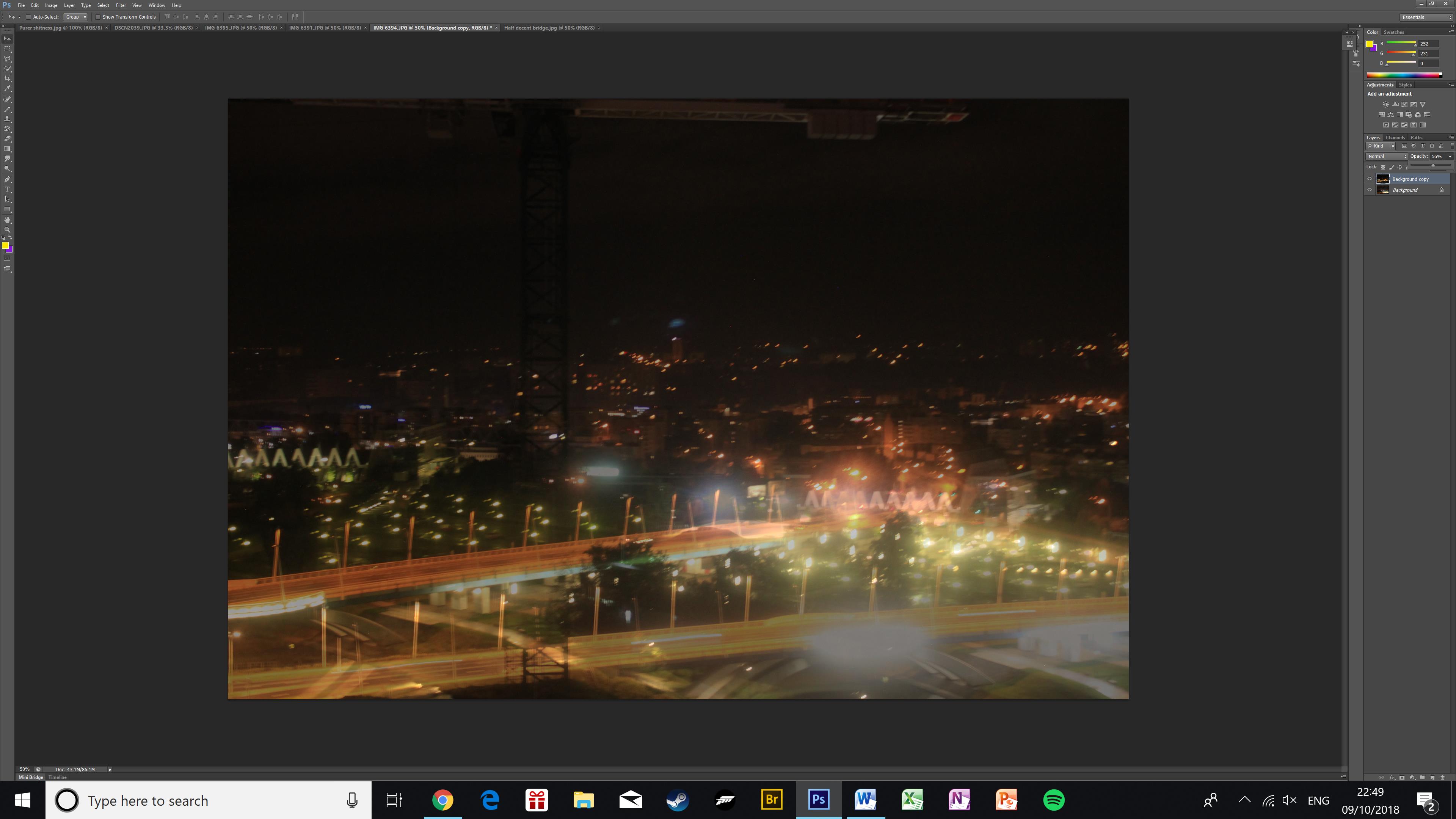




























 By using this effect and the idea of copying the image across as if there was a mirror in place, it give the image more feeling and gives the viewer more chose to interpret their own thought of the image and allows more textures and surface to the image.
By using this effect and the idea of copying the image across as if there was a mirror in place, it give the image more feeling and gives the viewer more chose to interpret their own thought of the image and allows more textures and surface to the image.
